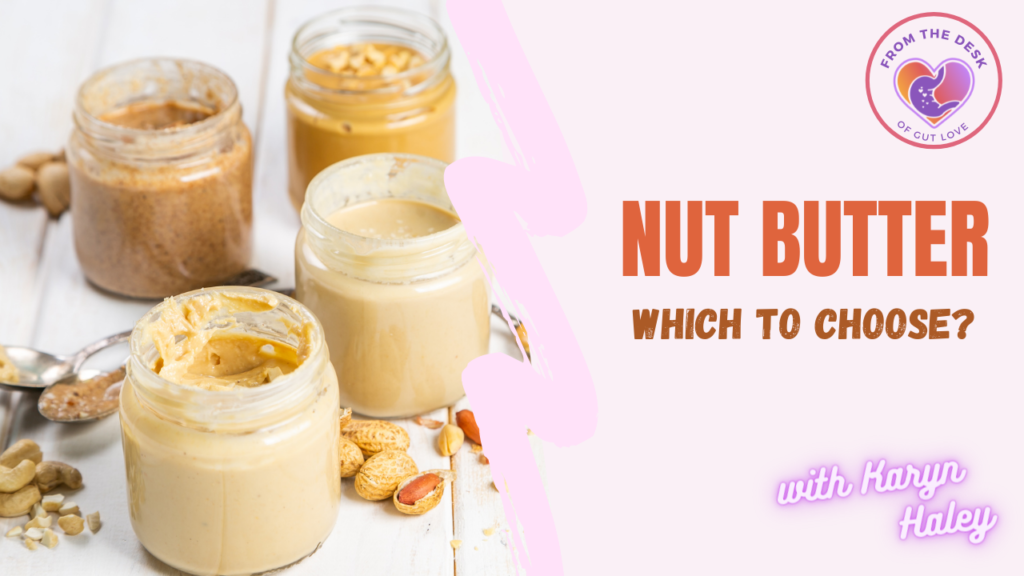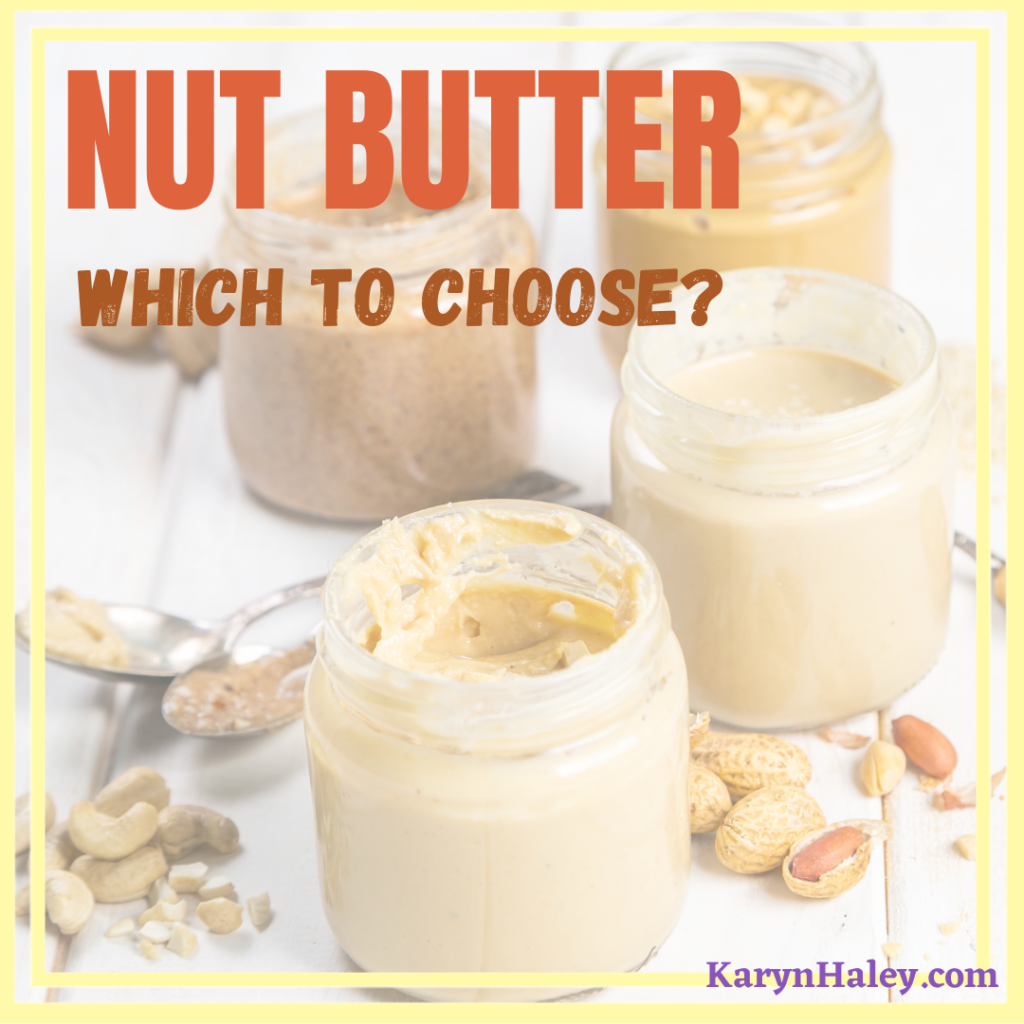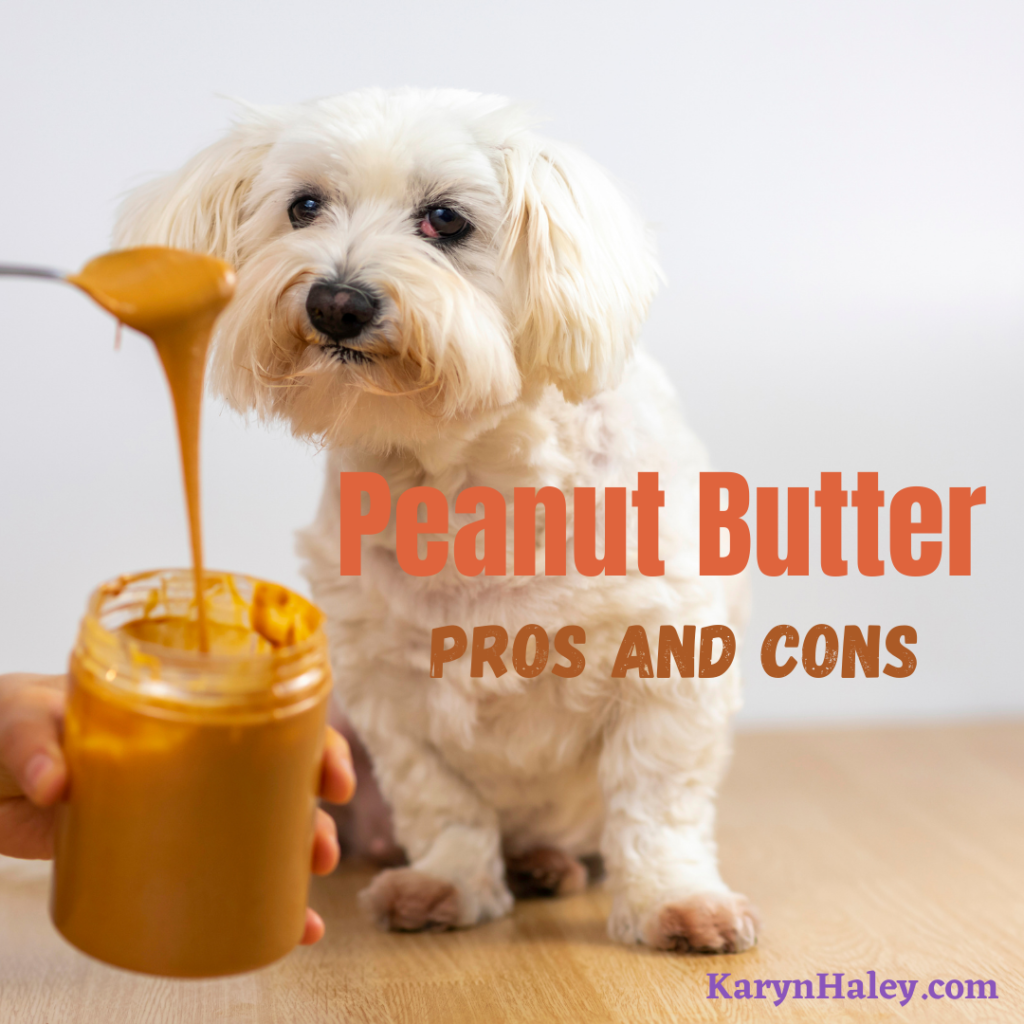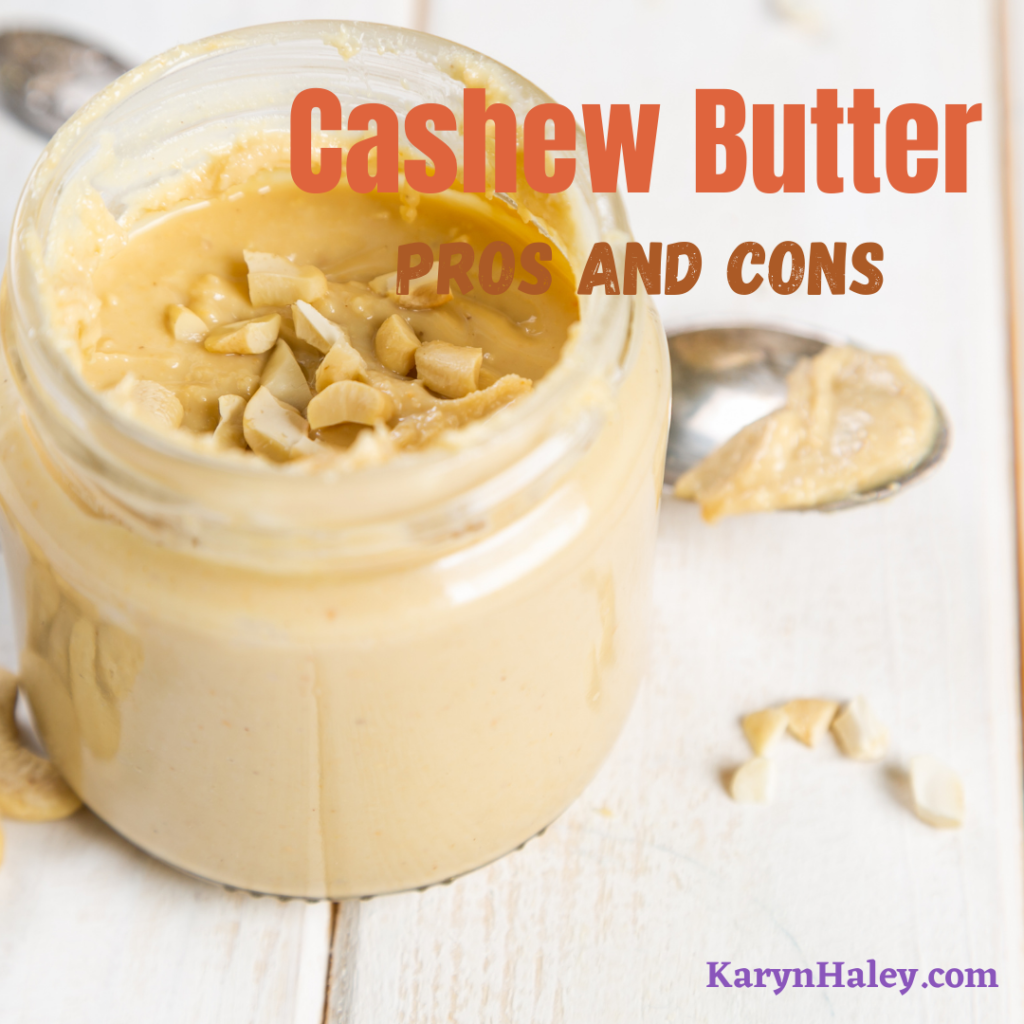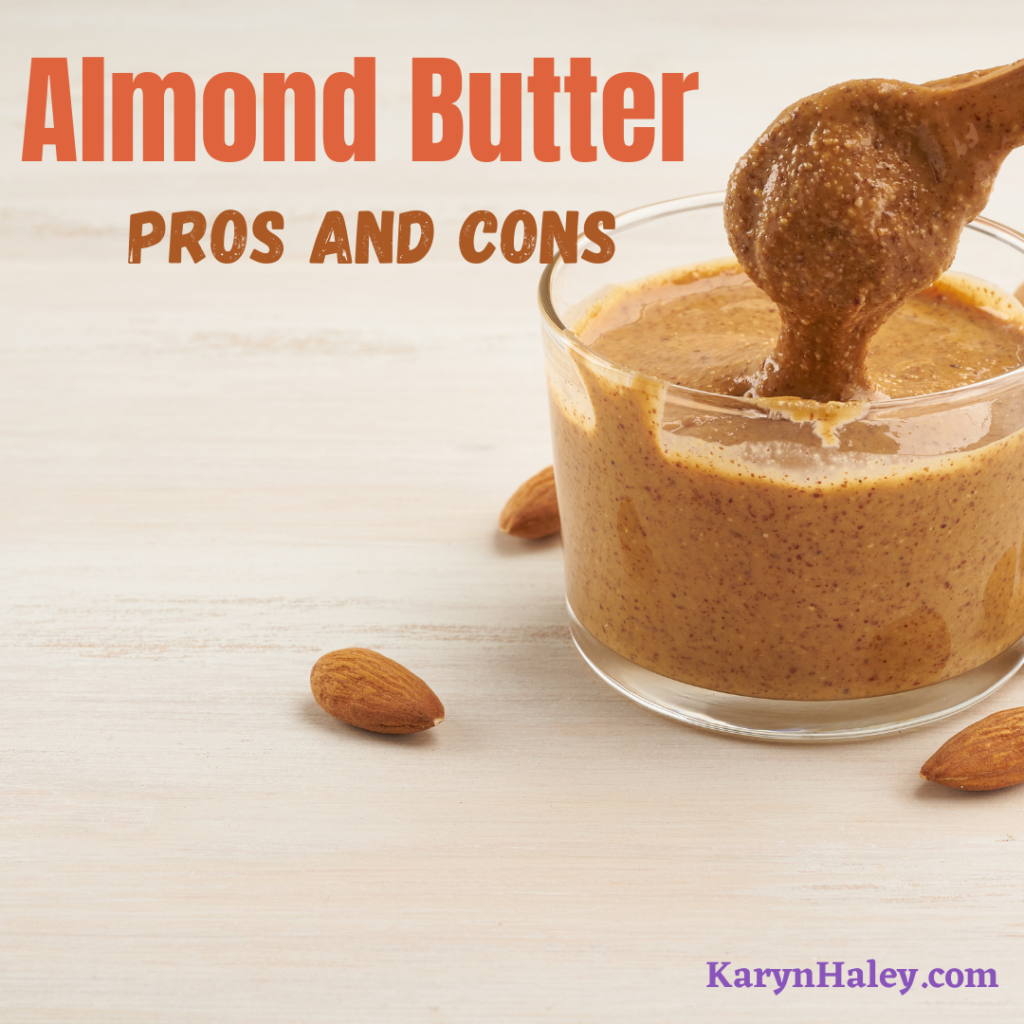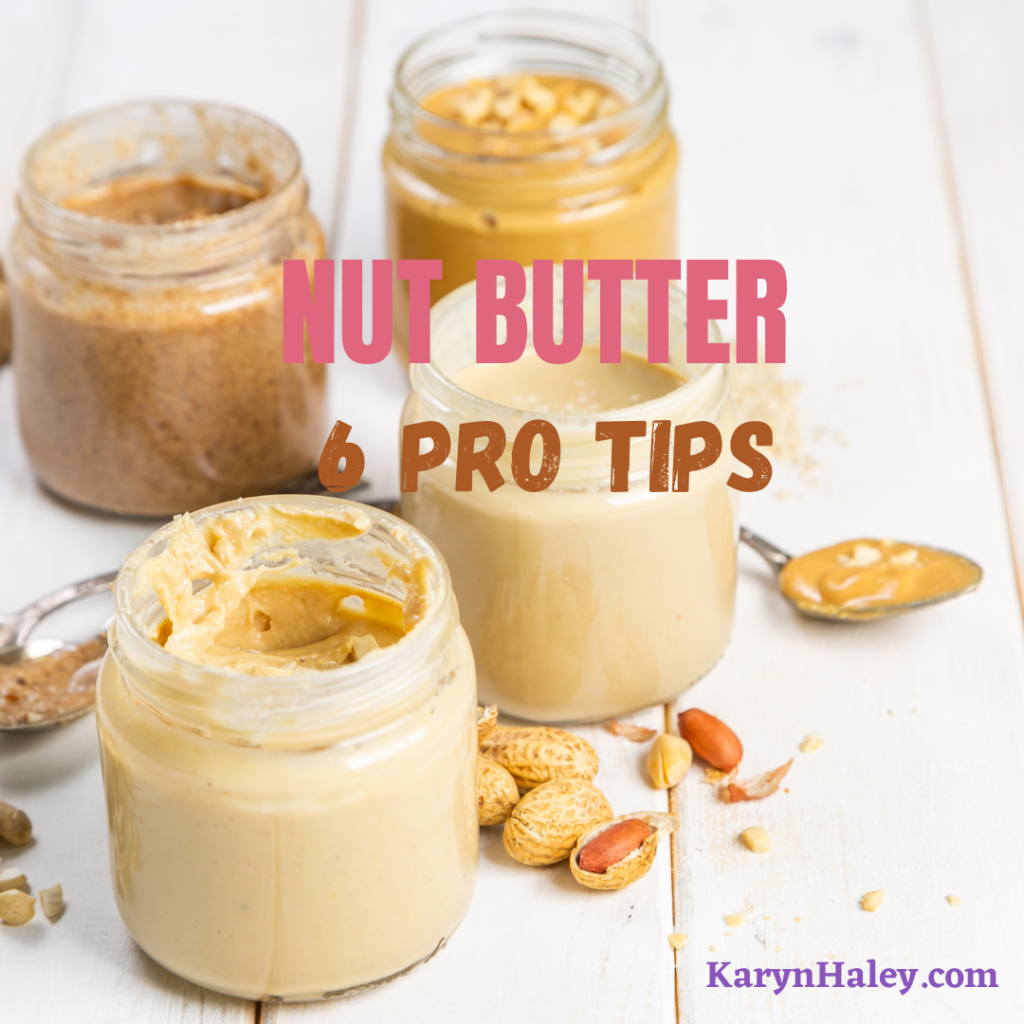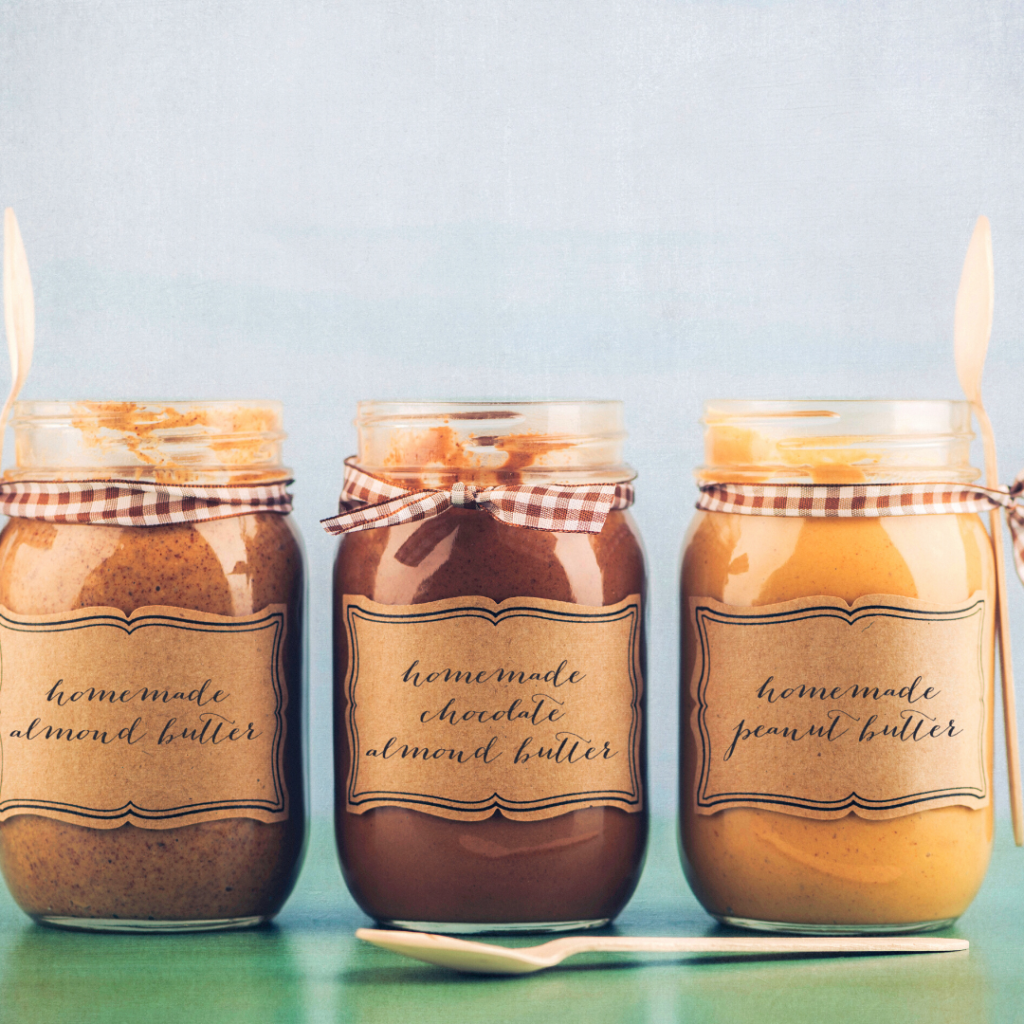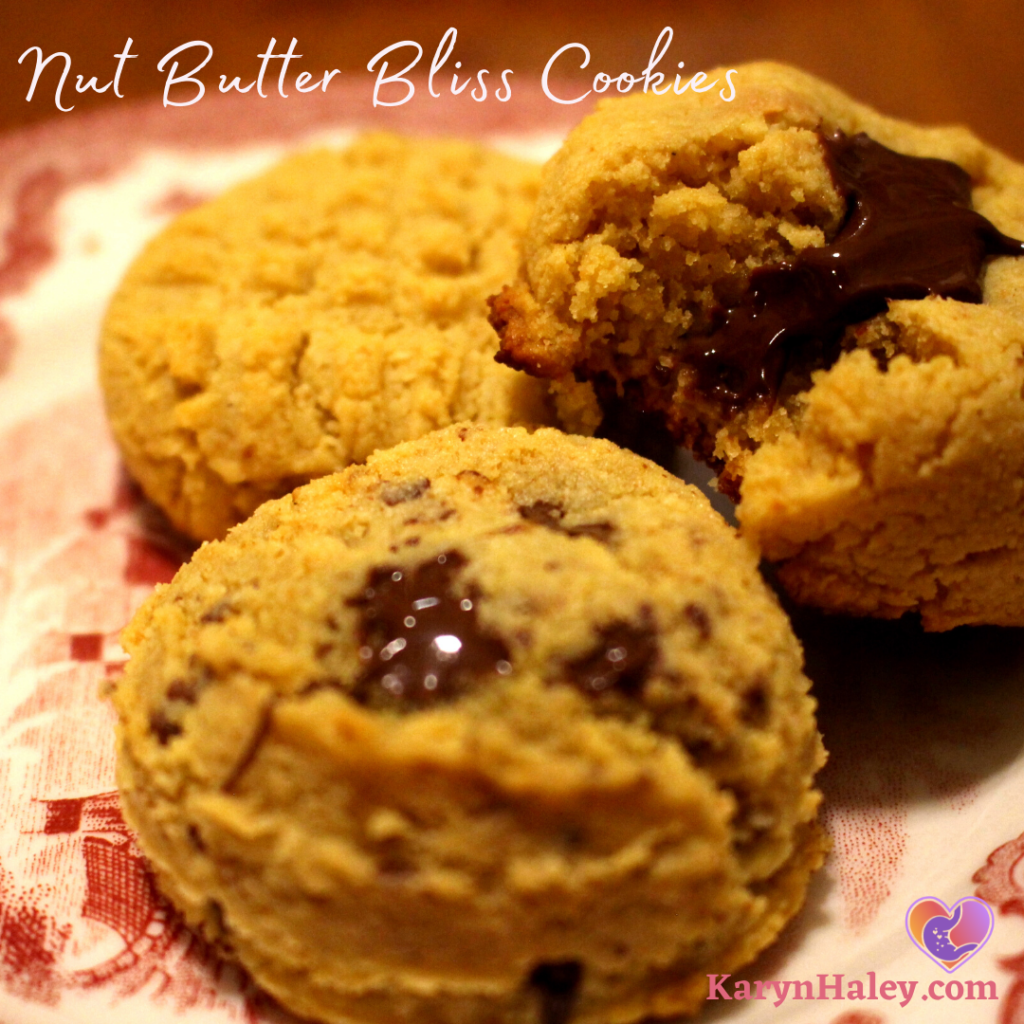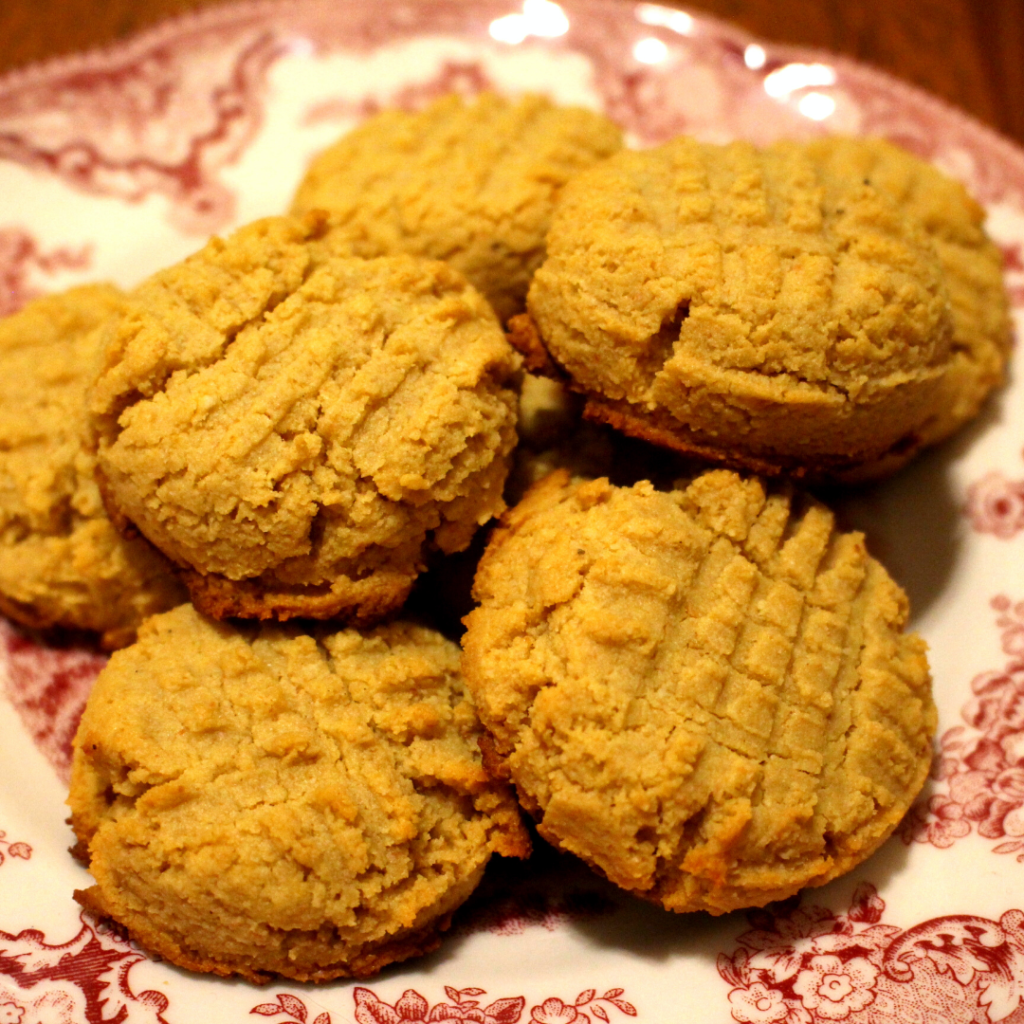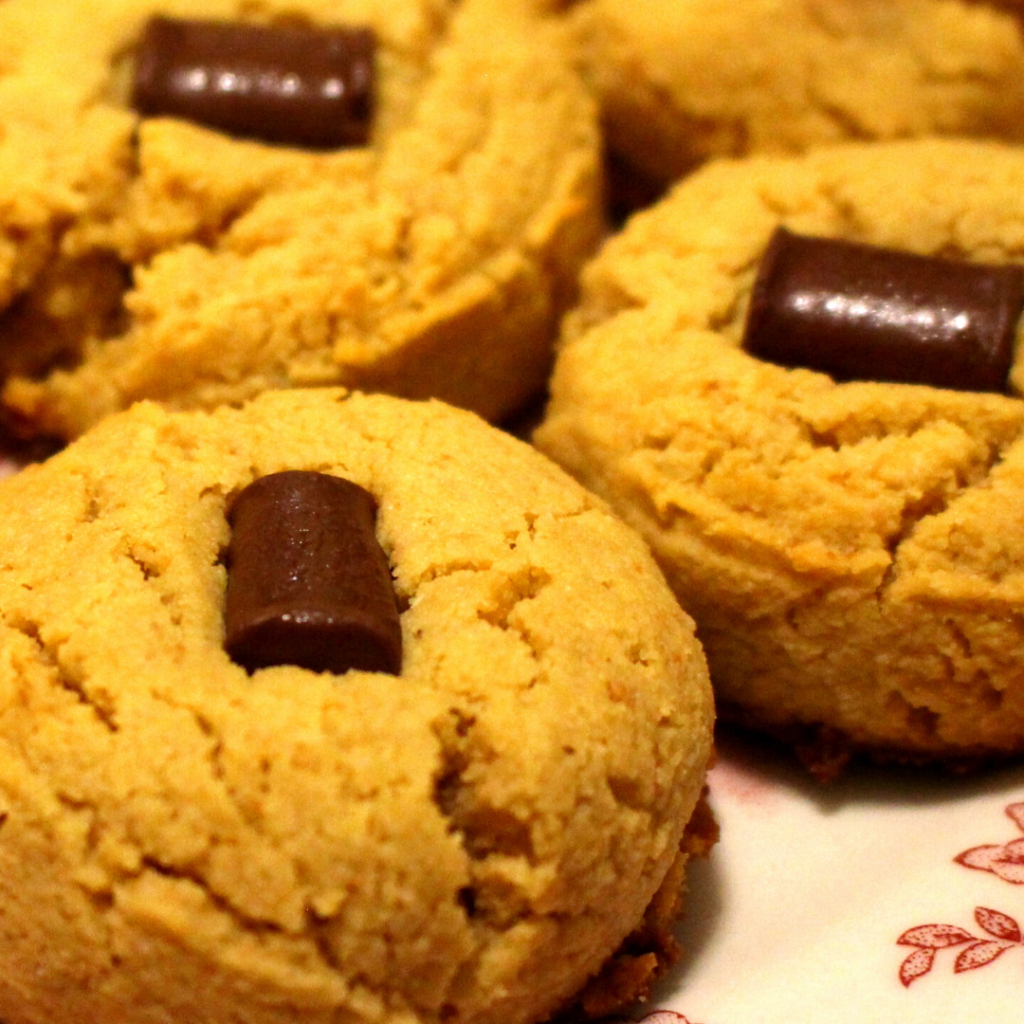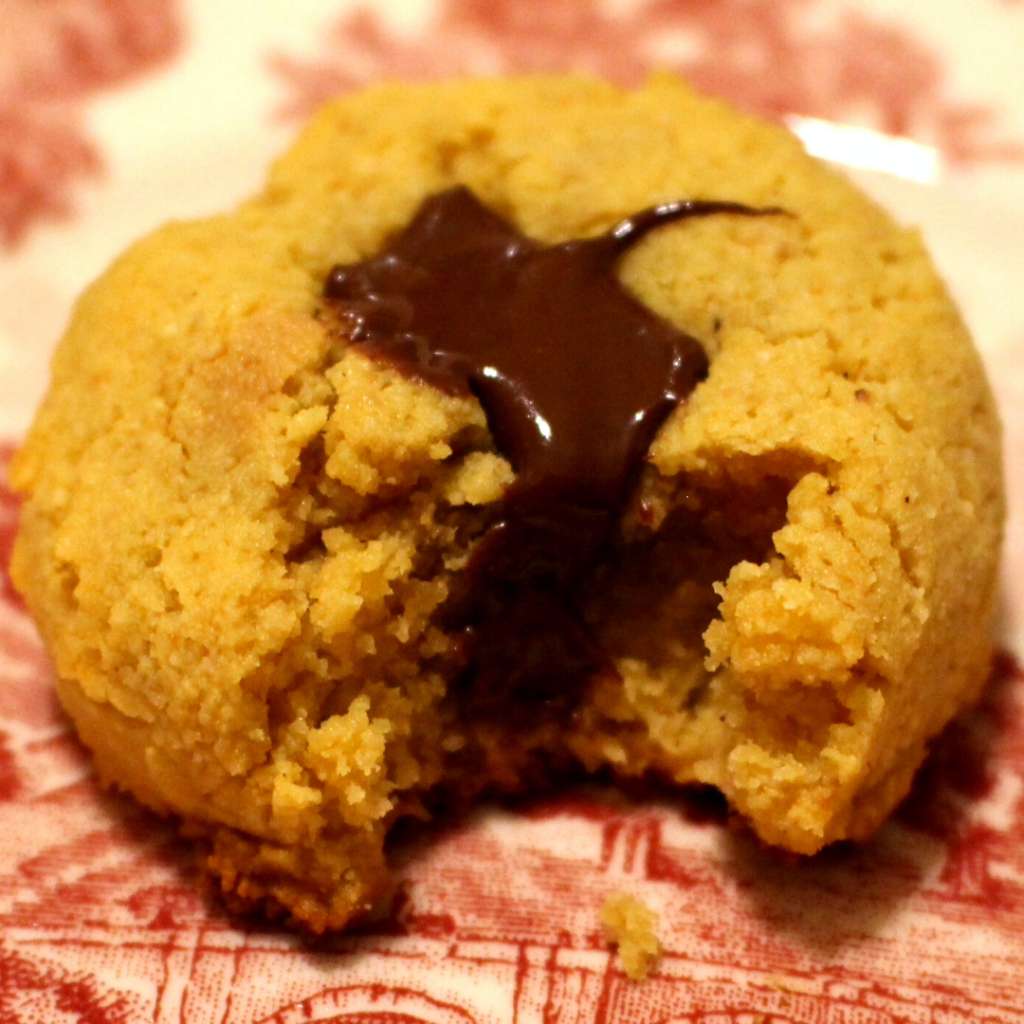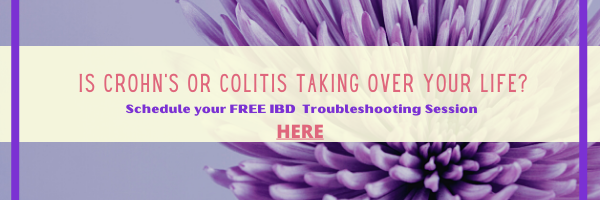SPOILER ALERT: THERE’S A DELISH {AND NUTRISH}
NUT BUTTER COOKIE RECIPE AT THE END OF THIS ARTICLE
When you were a kid, I bet PB & J was all the rage in your house. It was in mine.
Nut butter is a paradise for kids.
And what’s not to love? Gooey, creamy, salty peanut butter (just the right amount slathered on fluffy white bread) paired with your favorite sweet jelly (I always liked grape) giving your childhood tastebuds the perfect flavor profile that made you smile and say that profound one word all kids know, “Yum!”
Typically, my family bought Jiff. My mom always told us it was the best, but I wasn’t beholden to one brand or flavor. Peter Pan, Skippy, crunchy, creamy… it was all delicious to me.
Did your mom ever buy Smuckers Goober Grape?
It never showed up in my house (I think I remember my mom saying it was too expensive), but I definitely ran into it at my friend’s houses. Peanut butter and grape jelly piped into a pinwheel of goodness all in the same jar?
It’s got to be better if they’re put together!
As you got older, you might have thought you outgrew peanut butter. Afterall, there’s not many adults packing a PB & J for lunch (at least adults that admit it). But somewhere between 2005-2010, a nut butter explosion took over the world.
Move over childhood peanut butter.
Almond butter was the first unique nut butter incantation. Then, cashew, walnut, pecan, macadamia, and hazelnut butters stocked our grocery store shelves and today, your lunch and snacks may not be the stuff of your childhood world of peanut butter, but it’s most likely nut butter centered and our lives are richer and healthier for it.
With so many options to choose from in the nut butter category (have you seen the size of the nut butter grocery aisle these days?), and with us trying hard to make the best, most nutritious, gut healing choices to help our Crohn’s and colitis bellies, it’s hard to know which of these delicious nut buttery concoctions are the best for us to eat.
There’s a minefield of decisions to be made when you’re standing in the nut butter aisle. With questions like:
- Is there one nut that’s healthier than the rest?
- Are nut butters just nuts or are there added ingredients in there to look out for?
- Do I have to buy the annoying “natural” nut butter with the oil on top I have to stir?
- Should I even be eating nut butter at all? Is it making my IBD worse?
It’s questions like these that kept rolling around in my mind, so with an open heart and a gut full of inquisitive and nutty questions, I set out to get us some answers.
Five Things You’ll Learn in This Gut Love Spotlight Article:
- The top 7 nut butters on the market based on gut health, taste, and versatility of use
- How to avoid the annoying stirring and hardening of your refrigerated nut butter
- My super simple “make at home” nut butter recipe
- A super delish and gut nutrish nut butter cookie recipe
- And the award for the best all around nut butter goes to…
Join our IBD mom tribe: The Gut Love Community of Moms
IS THERE ONE NUT BUTTER THAT’S HEALTHIER THAN THE REST?
Well, maybe, and I promise I’ll get to that, but for the most part the healthiest nut butter depends on what you’re looking for.
- Are you trying to gain weight with some high quality healthy fats?
- Or are you trying to lose some weight with a lower fat nut butter?
- Is high protein, low carb your goal?
- Are you allergic or sensitive to legumes, tree nuts or seeds?
All of the answers to these questions will impact which nut butter you chose, and which one is healthiest for YOU.
With that said, there are some nut butters and seed butters that are considered healthier than others. I’ve outlined 7 of the best ones here so you can have all the information you need right at your fingertips. Hopefully with this nut butter knowledge and know how, next time you visit the endless nut butter aisle, you can get in and out in 3 second flat.
And of course, after I outline all 7 with their pros and cons, I’ll give you my top nut butter picks.
THE TOP 7 NUT BUTTERS EACH HAVE THEIR OWN PROS AND CONS
#1 PEANUT BUTTER
The OG of the nut butters actually got its start way back thousands of years ago as a nut in South America. But peanut butter, as we know it today in the United States was most likely invented by Dr. John Harvey Kellogg (yep, the cereal) in 1895.* Americans have been enjoying peanut butter ever since.
Technically though, peanut butter isn’t a nut butter at all since peanuts are a legume and not a tree nut. That’s a bonus for you if you’re sensitive or allergic to tree nuts, but not so much if you’re sensitive to this legume.
Peanut butter can be used in practically every meal you can imagine. From cookies, to a snack dipper, to smoothies, and savory foods, or maybe even eating it straight from the jar (who, me?) peanut butter is used in all sorts of dishes.
The Pros:
- It’s your cheapest option with peanut butter being less expensive than those other fancy nut butters
- It’s high in essential vitamins like copper, manganese, iron, and folate
- It’s a good source of protein (7 grams per serving)
- If you’re looking for some healthy fats, PB has got a whopping 16 grams per serving, most of it monounsaturated and polyunsaturated
The Cons:
- Peanut butter jars are typically filled with crappy ingredients from sugar to hydrogenated vegetable, cottonseed, or soybean oils, and don’t get me started on the added salt
- Not great in the omega-3 department and has way too many omega-6’s, sure we need them but we’re already getting too many in the Standard American Diet so PB can pack on too many
- Potential source of aflatoxins (natural toxin in peanuts and known carcinogen—esp liver cancer) but thankfully in the U.S. crops are tested and if they are over 20 parts per billion, they don’t get used
- Peanut butter contains lectins—anti-nutrients that can be difficult for sensitive bellies (like ours) to digest
Which peanut butter brands are gut healthiest?
I really like Once Again (organic and salt free)
Santa Cruz makes an organic version (salt added)
Bottom line: There’s some good nutrition in peanut butter, but pound for pound it doesn’t have the nutrient punch of the other nut butters
*Interesting fun fact: A few years ago, the Consumers Union did a test to see how much aflatoxin was in store bought peanut butter and they found lower amounts in Skippy and Peter Pan than in the freshly prepared store-bought varieties.
#2 CASHEW BUTTER
Cashews were discovered in Brazil around 1558, but because the nut is surrounded by this really hard coating, they were thought to be inedible at first. Thankfully, they’re rich creamy taste was discovered inside the shell and we’ve had a love affair with them since.
Cashew butter is a great choice in nut butters because its taste is mild, so it blends into anything you add it to and you’re left with a rich, creamy taste that is all its own. From smoothies, to cooking and baking, cashew butter can be found in any dish that calls for nut butter.
The Pros:
- Cashew butter is so creamy, it can replace milk or cream in recipes (yay if you’re dairy free)
- It’s full of minerals galore: copper, manganese, magnesium, phosphorus, and biotin which is great for our hair and nails
- 16 grams of fat per serving—80% of that monounsaturated and polyunsaturated—so it’s a good option if you are trying to gain or keep weight on
- Low in carbohydrates
The Cons:
- Doesn’t contain many omega-3’s to help us fight inflammation and improve our brain and heart health
- That 16 grams of fat might be a little too much if weight loss is your goal, eat in moderation
- Not as high in protein as other nut and seed butters—5 grams per serving
- Cashew butter is pricey, much higher than peanut butter
- Higher in oxalates than some nut butters (not as high as almond though), if you are sensitive to oxalates which are naturally occurring compounds in some plants, stay away due to their link to kidney stones, kidney disease, and gallbladder challenges
Which cashew butter brands are gut healthiest?
Jiva Organics Raw Cashew Butter (organic and raw- ‘nough said)
Julie’s Real has only one ingredient– cashews
Bottom line: Cashew butter is super versatile, full of healthy nutrients, and good fats. It’s a great option as long as high protein isn’t your goal.
#3 ALMOND BUTTER
Just like peanut butter, almond butter owes its auspicious start to Dr. John Harvey Kellogg.* The Journal of the American Medical Association mentions his almond butter in 1913. Even though Kellogg was experimenting with almond butter in the early 1900’s, it took another 100 years before this product became a household favorite for nut butter enthusiasts and those veering away from peanut butter in favor of something healthier.
Almond butter gets a gold star for all the amazing dishes it’s featured in. From smoothies to baking, dipping in apples or bananas to a post workout snack, even being the star of Asian dishes. This nut butter belongs in every gut healthy mamas’ home. You never know when a little almond butter will come in handy.
The Pros:
- Almond butter is packed with fiber (not all nut butters can say that)
- It’s high in calcium and magnesium so it’s great for bone health
- It’s high in those anti-inflammatory, brain and heart boosting omega 3’s
- Talk about mineral rich, almond butter is a great source of potassium, manganese, iron and Vitamin E
- With 18 grams of “good” fat, 7 grams of protein and a low carbohydrate load, this nut butter gets an A+ in health class
The Cons:
- Unfortunately, almonds are high in oxalates—that naturally occurring compound found in plants that dangerous for certain people, if you are prone to kidney stones, kidney disease, gallbladder issues, or you are sensitive to digesting foods with high levels of oxalates, almond butter is not the butter for you
- For some the high but healthy fat content is a bonus, for others it’s a curse, not the best option if low fat is your goal
- Almond butter isn’t cheap, it’s right up there with cashew butter on its hefty price tag
Which almond butter brands are gut healthiest?
MaraNatha Organic Almond Butter (yes it’s organic, and almonds are the only ingredient)
Wild Friend Classic Almond Butter (no palm oil, and just a dash of salt)
Bottom line: You just can’t get healthier than almond butter. It’s creamy, mild flavor makes it the nut butter of choice for every dish from appetizer to desserts.
*Interesting fun fact: Dr. Kellogg, who is credited with making the first almond butter in the U.S. was a nutritionist. Interesting field for someone in the nutrition-less market of cereal production.
#4 SUNFLOWER BUTTER
Sunflower butter is the baby of the nut and seed butter industry. While we can trace peanut butter’s roots back thousands of years, sunflower butter is the new kid on the block. Developed as an alternative nut butter after peanut allergies began to crop up everywhere in the early 2000’s, sunflower butter quickly took up steam and began entering the hearts and bellies of nut and seed butter lovers everywhere.
If you are allergic to peanuts, tree nuts, or you’re just looking to branch out with something new and exciting, sunflower butter is the perfect purchase. It’s great when it’s used simply, spread on toast, but its flavor profile is also complex enough that it can be used in any baking or cooking dish.
The Pros:
- Sunflower butter takes the cake as our highest “healthy fat” butter on this list with a whopping 19 grams of fat per serving (mostly monounsaturated), sunflower butter is a great treat if weight gain or weight stability is your goal (it’s definitely a consideration for many of us with IBD)
- It’s also high in protein—8 grams per serving while still being a low carbohydrate food
- It’s high in nutrients like fiber, magnesium, niacin, Vitamin E and Vitamin A
- And because the solids and the oils in sunflower butter don’t separate, you don’t need to stir it (that’ a relief)
The Cons:
- Many IBDer’s like that seed butter is high in fat, but if you’re trying to watch out for fat grams or you don’t digest fat well, this one is too high
- Because sunflower seeds can be a little bitter, many brands add sugar, they think it’s going to make it taste better but all it does it take away the delicious flavor of the seed and make it taste like candy
- If you’re a peanut butter gal, this butter may take some getting used to, it’s got an earthy quality that makes it different from other nut butters, especially peanut butter
Which sunflower butter brands are gut healthiest?
Once Again makes my favorite sunflower seed butter (unsweetened and delish)
SunButter Organic Sunflower Butter (organic and no added ingredients)
Bottom line: Whether you are allergic to peanuts or tree nuts, or you’re just looking for a nut butter alternative, sunflower butter is worth a try. I did a taste test switch-a-roo on my kids and they weren’t fooled, but they liked it nonetheless.
#5 WALNUT BUTTER
Walnuts originated in Persia (today’s Iran). They quickly became popular as an item to trade and spread throughout Europe and Asia. Some of the earliest English dishes recorded talk about using walnuts and grinding them into a paste with a mortar.
Walnut butter is different than other nut butters. It’s lighter in color but heartier in texture. It’s meaty flavor makes it the perfect accompaniment in savory dishes. As good as walnut butter is in dinner cuisine, it’s just as delicious in sweet foods like cookies and cake batter because of its high fat content.
The Pros:
- Walnut butter is a good source of Alpha-Linolenic Acid (ALA) from omega 3’s so it’s a great nut butter to use for its anti-inflammatory, brain, and heart health properties
- Omega 3’s are highest in this nut butter over all others
- Walnut butter is high in fat—14 grams per serving– to help you maintain your weight, not as high as some of our other contenders, but very high indeed, most monounsaturated but also some saturated fat as well
- One of the highest antioxidants in the nut butter family
The Cons:
- Not as high in protein as some of the other nuts, about 3 grams per serving
- If saturated fat is a concern for you, walnut butter may not be your best option
- Walnuts go rancid quickly, always keep refrigerated and smell before you use
Which walnut butter brands are gut healthiest?
Artisana Organics Raw Walnut Butter (organic and raw, superfood healthy)
Bottom line: We know walnuts are healthy and full of omega’s and antioxidants. Think of walnut butter as an extension of the walnut. Don’t be afraid to experiment with walnut butter in cooking and baking. It gives all your dishes a rich and intriguing flavor.
#6 PISTACHIO BUTTER
Pistachios have grown in the middle east for thousands of years. Just like walnuts, they got their humble beginnings in Persia (Iran). Pistachios were a favorite of the Queen of Sheba and Alexander the Great. Like walnuts, pistachios made their way into Europe by way of Greece, Italy, and Spain. Pistachio butter is a relative newcomer to the nut butter aisle, but it’s rich taste and decadent green color has all the makings of a hit as big as avocado toast.
Just like smashed avocados, pistachio butter is great on toast, but it’s also delish in cookies, green smoothies, and even in salad dressings. Talk about gourmet.
The Pros:
- Pistachio butter is unique, it’s a different look and flavor from the more traditional nut butters
- It’s high in protein making it a great energy boosting snack (6 grams per serving)
- This nut butter is loaded with B vitamins (more energy please)
- With 13 grams of fat, pistachio butter is a great option to maintain weight or help you put a little weight on
- Pistachio butter is cholesterol free and has as much potassium as a banana
The Cons:
- It’s pricey, not to worry though, I’ll tell you how to make your own below
- Pistachio butter has a unique flavor so it’s best if you like pistachios, not everyone does
- At first, it might seem like pistachio butter isn’t very versatile, but all you have to do is think outside the traditional nut butter box and you’ll see all the ways you can use this treat
Which pistachio butter brands are gut healthiest?
NutRaw Pistachio Butter (organic and raw, with a hint of vanilla that makes the flavor pop)
Il Colle Del Gusto Sicilian Pistachio Spread (delish, but does contain rice flour)
Bottom line: Pistachio butter is a new and exciting alternative to traditional nut butters like almond and cashew. Buy some or make your own and start experimenting. From pesto’s to salad dressing, cookies, to smoothies, pistachio butter is the unique flavor you’ve been missing.
#7 PECAN BUTTER
Pecans are one of the most delicious and most loved nuts worldwide, but this nut is most popular in North America and its roots can be traced back to this part of the world in the 1600’s. The name “pecan” is Native American and used to be used to describe all nuts needing a stone to crack.
Pecan butter is a relatively new invention in the world of nut butters. It’s delicious, creamy texture makes it versatile in many foods. Pecan butter can be used as a dip, in cookies, other baking treats or anywhere you want to impart a super rich flavor that has depth.
The Pros:
- Pecans have the highest phytochemical concentration of antioxidants of all the nut butters (400% more than almond butter and 566% more than peanut butter)
- If weight gain or weight maintenance is your goal pecans are fantastic, with 20 grams of fat per serving (most of it from polyunsaturated and monounsaturated fats with a hint of saturated as well)
- Vitamins and minerals galore, pecans are high in Vitamins A, B, and E and minerals calcium, magnesium, potassium, and zinc
- Pecans are a great source of choline—brain food—so you’re supporting your brain function as well as your gut function
The Cons:
- Watching calories and fat? This is a nut for moderation due to its higher fat and calorie content
- Not a stand out in the protein department (only 4 grams per serving)
- The price: like some of the more unusual nut butters, you’ll pay for high quality pecan butter
Which pecan butter brands are gut healthiest?
Artisana Raw Pecan Butter (organic and raw, blended with cashews so it’s extra creamy)
Guidry Organic Farms Pecan Butter (100% organic pecans, does contain salt)
Bottom line: Pecan butter is a decadent choice, it’s different, it’s delicious, and it’s a welcome change up to some of the more traditional nut butters. And if you are eating it in moderation, it will last a long time. Pecan butter is made by truly artisanal brands so buying pecan butter is more than just filling your belly with something gut healthy, it’s a gastric experience.
Now you’ve got some nut butter options!
No more plain peanut butter for you. Sure, it’s a classic and deserves a spot in your frig, but now you have no excuses so start branching out.
Besides knowing all the pros and cons of the best nut butters around, there’s a few more things to keep in mind when you purchase this gut healthy treat.
MUST DO TOP 6 NUT BUTTER TIPS (NO MATTER WHICH NUT BUTTER YOU BUY)
#1 Know where to store your nut butter.
Nut butter (straight up nut and nut flours too) can go bad quickly, but storing them properly will increase how long you can keep it. Always store nut butter according to the directions on the jar. If it says, “refrigerate,” definitely refrigerate.
When nut butter goes bad it gets smelly, hard, and darker than normal. It can also have a dry appearance. Don’t chance it. Your nut butter has gone rancid. Throw it away.
#2 Just because it says peanut butter doesn’t mean that’s all that’s in it.
Always read the ingredients on your nut butter label. I used to think brands where transparent. I thought, if I’m buying orange juice, it’s just oranges. If I’m buying chicken broth, it’s just chicken broth.
Dead wrong!!!
Nut butters work the same way. Just because the label on the front says cashew butter doesn’t mean there’s only cashews in there.
Nut butter companies are notorious for added ingredients. Always, always read the back label before you purchase. Even on brands you trust because companies change ingredients to save money all the time.
Be on the lookout for sugar, salt, hydrogenated oils like palm, cottonseed, and soybean oils. Never buy a nut butter that says, “reduced fat.” And beware of the label, “natural.” The FDA has no regulations on this term. “Natural” could me anything and it doesn’t mean the product is healthier.
#3 When it comes to nut butters, organic is best.
I know, everyone says organic is better, and that is true for the most part.
But there are foods where organic is just down right necessary to protect your gut. When conventional nuts are grown, they are ladened with pesticides and chemical fertilizers. Then, in the packaging of nut butter, artificial ingredients and more chemicals are added.
Not when it’s organic.
Pesticides and chemical fertilizers have been shown to have a direct negative impact on our gut health, keeping us from putting together all the puzzle pieces to find remission. Buying organic nut butter ensures you are putting quality ingredients in your gut.
#4 Like the groundhog, refrigerated nut butter needs to poke its head out before being used.
We all get annoyed by healthier, but trickier refrigerated nut butter. Trust me though. It is worth it and it is usually healthier. The trick to not go crazy while you spread is to take it out about 10-15 minutes before you use it. The oils in the nut butter soften at room temperature making it much easier to spread.
#5 The foolproof way to avoid the hard, solid mess at the bottom of the jar.
Have you noticed that before you refrigerate that nut butter, it’s smooth and creamy, and easy to spread? Yep, that’s because of the same principle I just mentioned in #4. The oils in the nut butter soften at room temperature.
Take advantage of the softness when you bring your jar home. Pop the top, scoop the nut butter out into a blender or a food processor—you can even keep it in the jar and stir with a knife or an immersion blender—whatever method you choose, stir it up before you place it in the frig.
We’ve all forgotten on occasion and what happens? It becomes a hard, solid mess when we go to use it. Avoid the extra annoyance and just mix it before you put it away. If you follow this tip and #4, you’ll love each and every experience your nut butter has to offer.
#6 Homemade is easier than you think (and cheaper with better ingredients).
We’re spending a fortune on store-bought nut butter. And why? When we could so easily make our own at home. All you need is some high quality nuts and a blender or food processor. Follow the simple steps below to get yourself started.
MAKE YOUR OWN NUT BUTTER AT HOME
(EASY PEASY)
#1 Gather your RAW nuts or seeds (any amount will do- I usually use 2-3 cups).
#2 Unless you’re a purest, mixing nuts and seeds gives a more complex, richer flavor.
Nuts that mix well are almonds, pecans, hazelnuts, cashews, walnuts, and sunflower seeds but use your imagination and make any combo you want.
#3 Optional but really important for the flavor is to give the nuts a quick roast in the oven.
Just set them on a sheet pan and pop them in a 350 degree oven.
Roast, times will vary depending on the nut, but usually 8-10 minutes is all they need.
Remove from the oven and let the nuts/seeds cool for a few minutes.
#4 Pour your nuts into a high speed blender or food processor and begin to process.
At first you’ll think nothing is happening, but be patient. It can take up to 10-15 minutes to get a really creamy nut butter.
#5 If the nuts are too dry while blending, consider adding water or oil, 1 Tbsp at a time, to keep it smooth and creamy.
Most nuts have plenty of their own oils and you won’t need to do this, but it’s good to know what to do just in case.
#6 At the end, when your mixture is creamy, now you can decide on your add ins.
Some options include: raw cacao, salt, vanilla, maple syrup, honey, a few chopped crunchy bits of nuts if you like it crunchy.
Pulse a couple more times to mix in your add in and you’re done.
Enjoy!
IT’S TIME FOR THE NUT BUTTER AWARD CEREMONY!!!
All the nut butter options, the history of the nut, the pros, the cons, the brands, and the nut storage and usage tips are great, but I know what you really want to know…
WHICH NUT BUTTER IS BEST?
After careful consideration of all the nuts we’ve explored, it’s time to reveal the TOP WINNERS.
The prize for the best PROTEIN PUNCH nut butter is… Sunflower Butter
The prize for the MOST UNIQUE nut butter is… Pistachio Butter
The prize for the MOST VERSATILE nut butter goes to… Cashew Butter
And our OVERALL WINNER in the nut butter category for its high fat, high fiber, high omega-3’s, high protein, with good amounts of calcium and antioxidants goes to…
ALMOND BUTTER
Walnut butter gets a second place in the overall winner category. It may not have all the health benefits of almond butter, but the omega-3’s in walnut butter just can’t be beat.
THE WRAP-UP
OK my friend, that’s a wrap on everything you need to know about nut butter—except for the best part—a delish and nutrish nut butter cookie recipe I know you are going to love.
This recipe is a staple in my house. There’s always Nut Butter Bliss Cookies in the freezer. They are the perfect treat that you can just take out and try to wait a few minute to thaw and pop in your mouth. Sometimes I don’t wait for the thawing and they’re just as good then too.
I chose this nut butter recipe because it’s so versatile. You could use any of the nut butters mentioned today and they would turn out delish. I’ve used the traditional peanut butter, but I’ve also experimented with cashew butter, pecan butter, even pistachio butter… all turned out amazing.
Experiment with your own nut butter of choice and see how they work out for you.
THE NUT BUTTER RECIPE YOU’VE BEEN WAITING FOR…
GLUTEN FREE NUT BUTTER BLISS COOKIES
MADE 3 WAYS
Ingredients:
1 3/4 cups gluten free flour (I prefer finely ground almond flour)
¼ cup coconut flour
1/2 tsp baking soda
1/4 tsp salt
1 stick butter, softened (ghee or coconut oil works too)
1/2 c honey
1 c nut butter of your choice
1 tsp vanilla
1 egg
1 pk of Enjoy Life dark chocolate chunks or mini chips (optional)
Directions:
Place the gluten free flour, coconut flour, salt and baking soda in a large mixing bowl. Stir until well combined. Add butter, honey, nut butter, vanilla and egg. Beat cookie mixture on medium-high speed for 2 to 3 minutes or until the mixture resembles cookie batter.
Cover the batter with wax paper and place in the refrigerator for 45 minutes.
Remove from the refrigerator and preheat oven to 325°.
For traditional criss cross style cookies:
Using a cookie scooper, scoop the batter onto a parchment lined cookie sheet. Cookies should be 2-inch rounded balls. After cookies are placed on a baking sheet, flatten each cookie slightly with your hand. Next, take a fork and gently press a criss cross pattern in each cookie. Place cookies in the oven and bake for 8-10 minutes. Cookies are done when they are golden brown. Allow cookies to cool.
For traditional “nut butter kiss” style cookies:
Using a cookie scooper, scoop the batter onto a parchment lined cookie sheet. Cookies should be 2-inch rounded balls. After cookies are placed on a baking sheet, flatten slightly with fingers. Place cookies in the oven and bake for 8-10 minutes. Cookies are done when they are golden brown. Immediately after removing the cookies from the oven, place one chocolate chunk in the center of each cookie. Allow to cool.
For nut butter mini chip style cookies:
After cookies are blended (before going in the frig) and ½ cup mini chips to the nut butter batter. Stir until the chips are combined. After removing the batter from the frig, using a cookie scooper, scoop the batter onto a parchment lined cookie sheet. Cookies should be 2-inch rounded balls. After cookies are placed on a baking sheet, flatten each cookie slightly with your hand. Place cookies in the oven and bake for 8-10 minutes. Cookies are done when they are golden brown.
Allow cookies to cool. Dare you to try and eat just one!
*This recipe doubles really well. Also, I like to keep mine in the freezer and just pull out one or two at a time.
Resources To Take the Conversation Further:
Nut Butters General Guidelines:
Nine Best Healthiest Nut Butters to Spread on Everything According to Nutritionists
7 Healthy, Protein Packed Nut Butters
Soluble and Insoluble Oxalate Content of Nuts
Nut Butters: Which One is Healthiest
Peanut Butter:
Peanut Butter Nutrition and Health Benefits
Perplexed About Peanuts?
History of Peanuts and Peanut Butter
Once Again Peanut Butter
Santa Cruz Dark Roasted Creamy Peanut Butter
Cashew Butter:
Cashew Butter Nutrition and Health Benefits
Nine Best Healthy Nut Butters
Jiva Organics Raw Cashew Butter
Julie’s Real Cashew Butter
Almond Butter:
Health Benefits of Almond Butter
The Rise of the American Almond Craze in One Nutty Chart
MaraNatha Organic Almond Butter
Wild Friends Almond Butter
Sunflower Butter:
Sunflower Seed Butter Nutrition Facts and Health Benefits
Sun Butter Makes Its Market Debut
Once Again Sunflower Butter
Organic Sun Butter
Pecan Butter:
Pecan Butter Nutrition Facts and Health Benefits
Raw Pecan Butter Has 400% the Antioxidants vs Almond, Peanut Butter
America’s Favorite Nut: A Brief History
Guidry Organic Farms Pecan Butter
Artisana Organics Raw Pecan Butter
Walnut Butter:
Walnut Butter Nutrition Facts
Artisana Organics Walnut Butter
Pistachio Butter:
History- Pistachio Origins
NutRaw Pistachio Butter
Il Colle De Gusto Sicilian Pistachio Butter
Connect With Karyn:
Karyn on Facebook
Schedule Your FREE 30-Minute IBD Consult
These statements have not been evaluated by the Food and Drug Administration.
This podcast, video, and blog post is not intended to diagnose, treat, cure, or prevent any disease.
WANT MORE GUT LOVE IN YOUR LIFE?
CHECK OUT OUR LATEST PODCAST BELOW.
Podcast: Play in new window | Download

